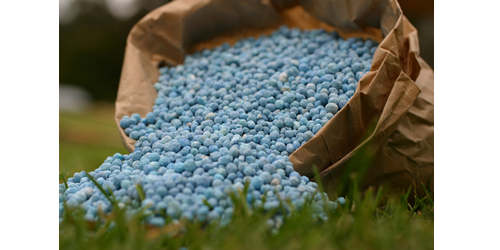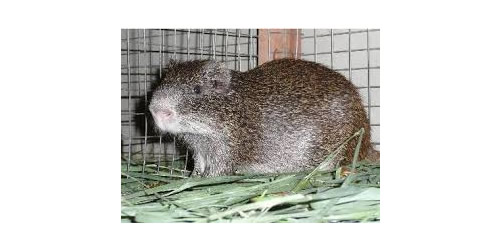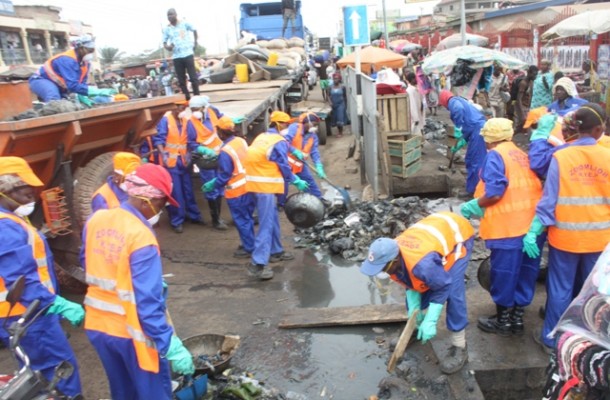Rice farmers embrace new fertiliser technology

Rice farmers at Botanga in the Northern Region have embraced new fertiliser application technology to help them to save cost while enhancing yield.
The new technology, the Urea Deep Placement (UDP) application, involves the application of super granule fertilisers known as briquettes to plants after three days, which facilitates the delivery of more nutrients to the plants throughout their growth cycle.
The Botanga farmers, who have formed a farm-oriented association, have benefitted from a demonstration project that is being financed by the United States Agency for International Development (USAID) and implemented by International Fertiliser Development Centre (IFDC) under the Feed the Future USAID Agriculture Technology Transfer Project (FTF-USAID-ATT).
The IFDC-led consortium works with other USAID-funded projects in Ghana to achieve the project goal of increasing competitiveness of the maize, rice and soybean value chains, which will foster broad-based and sustained economic growth in northern Ghana.
Officials of the project believe that by increasing smallholder farmer adoption of comprehensive, productivity-improving agricultural technologies in these value chains, household incomes are improved and poverty and food insecurity are reduced.
Soil fertility in Ghana and most parts of Africa has reduced, leading to poor yield. The situation is worsened by the broadcasting application method of applying fertiliser, which yields only about a third of its intended results.
“Among the causes of low fertiliser use by farmers is the high costs of fertiliser compared to prices farmers obtain when they sell their produce; and in several instances farmers have to travel long distances to buy fertiliser,” said Alhaji Rahaman Issahaku, Technical Coordinator of IFDCFTF-USAID-ATT.
“What we have realised is that applying the Urea Super Granules leads to higher yields of between 18 percent to 50 percent; also, the cost of fertiliser is reduced between 20 percent to 30 percent. This means that the farmers’ productivity is better.”
It therefore guarantees more income for the farmers to meet input costs and enhance their livelihoods, he added.
The new technology is also said to protect the environment better than the broadcasting method which made the fertiliser leach into streams and rivers, rendering it environmentally unsafe.
The UDP is placed near the plants, and it remains in the soil and gradually releases nutrients directly to the plant throughout its growth cycle.
According to the Coordinator after transplanting the seedlings should be established between 2 to 3 weeks, and three days after confirming they are rooted the NPK is applied.
He further explained that with the traditional method one has to apply about 50kg of fertiliser per acre, while with the UDP 45kg is applied per acre.
Also, with the broadcasting method 25 to 40 percent of the fertiliser is lost through air or erosion he said, adding that while the traditional method yields 15 bags of rice the Urea, which sells cheaper, yields 30 bags. Dalun Lana Alhaji Mohammed Amidu, the Chief of Botanga, observed that the new technology has helped to produce quality seedlings which will result in bumper harvests.
“I was not transplanting until we were educated on the need to adapt to the new technology, with videos demonstrating how to apply the fertiliser and also transplant the crops,” he explained.
The chief said under the old method, he and his people used four bags of seedlings per acre while under the new technology they use one bag of seedlings which has helped save cost.
He however appealed for farm implements, saying: “When we are supported with the necessary equipment it will motivate the youth to engage in agribusiness and reduce the unemployment rate, as well as increase food security to feed the nation — with the excess exported to generate income”.
Source: BFT





